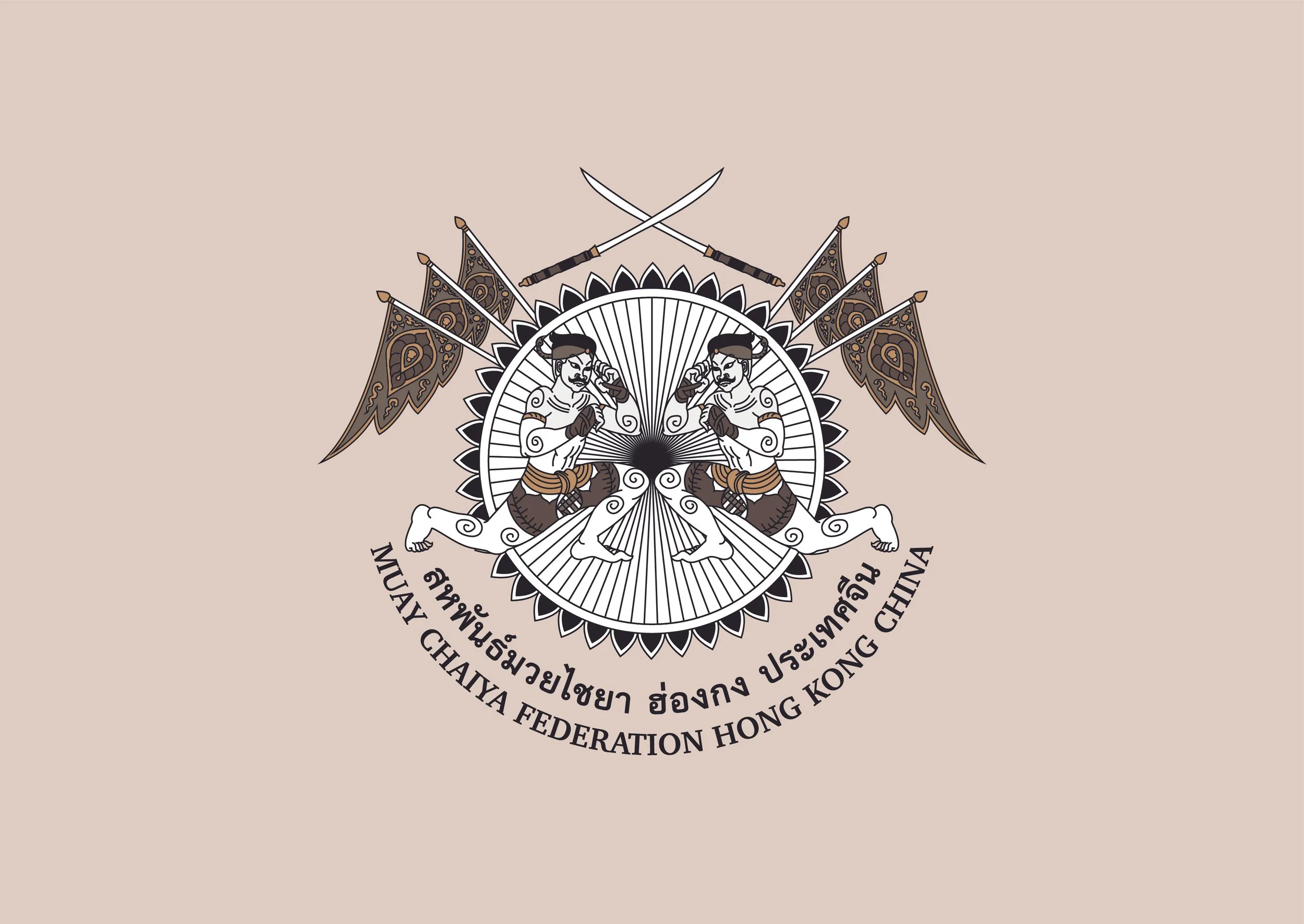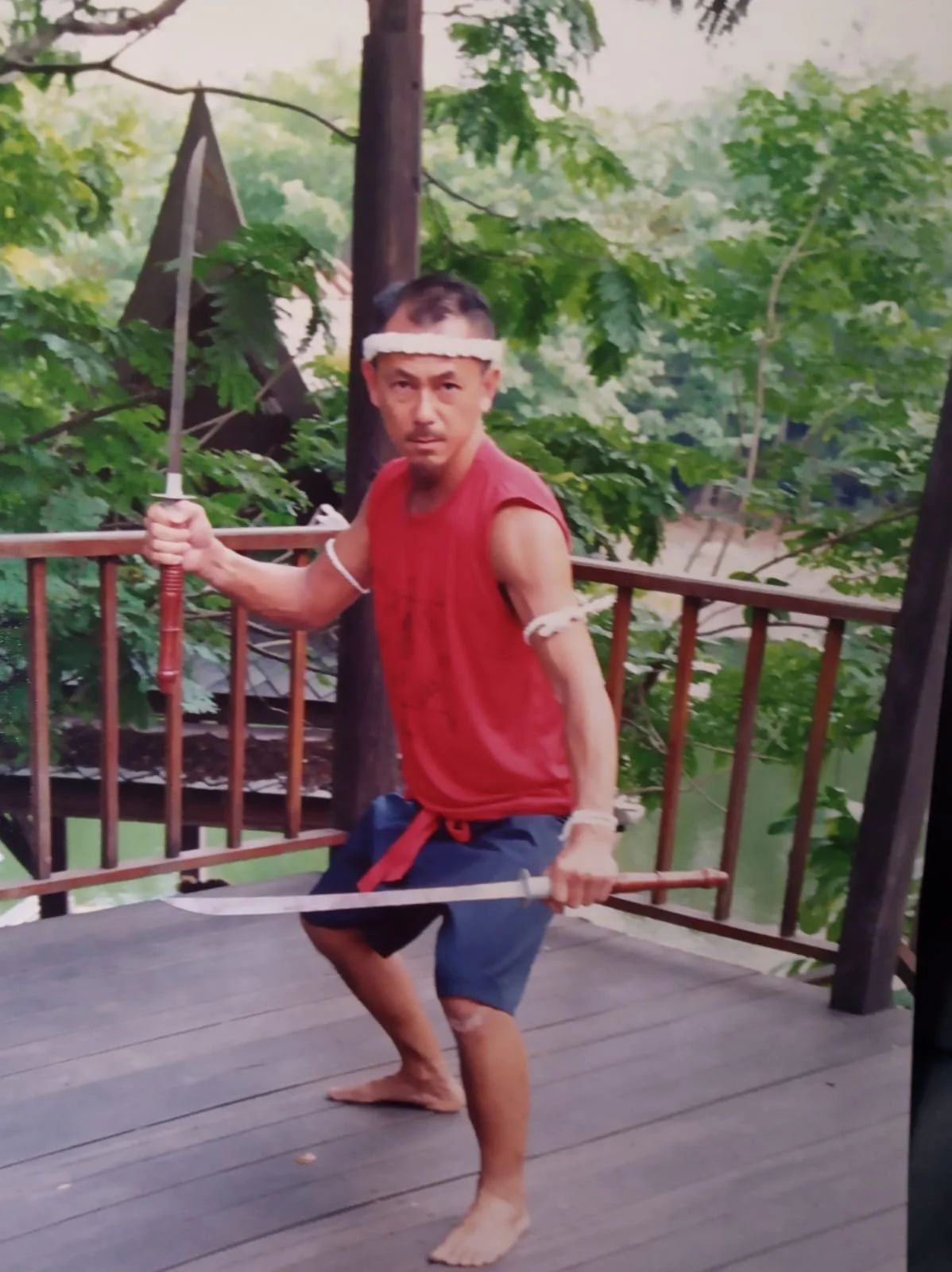
Krabi Krabong
The Art of Thai Weaponry
Thailand's traditional weapon-based martial art, Krabi Krabong, is a discipline steeped in history, rich in culture, and highly practical for combat. Its name directly reveals its core: "Krabi" refers to the unique Thai curved sword, while "Krabong" refers to a long staff. Therefore, the literal meaning of this martial art is "the art of the sword and staff."
Historical Origins: From Ancient Battlefields to Royal Martial Arts
The exact origins of Krabi Krabong are difficult to trace because, during the Burmese-Siamese War in 1767, Thailand's old capital, Ayutthaya, was destroyed, and a vast number of historical documents were lost. However, based on surviving records, murals, and oral histories, we can outline its development:
Practical Battlefield Techniques: Krabi Krabong was originally the fighting style used by warriors of ancient Siam (the former name of Thailand) on the battlefield. When armed, warriors would use Krabi Krabong techniques to fend off enemies; if they lost their weapon, they would switch to Muay Boran (ancient Thai boxing) for unarmed combat. This explains the close relationship between the two arts.
A Martial Art for Royalty and Elephant Soldiers: In ancient times, this art was primarily practiced by royal soldiers and elephant-mounted soldiers. Elephant soldiers on their elephants would use long-range weapons to attack enemies on the ground, while foot soldiers were responsible for protecting the elephants' legs from attacks from the sides and rear. It is said that the royal bodyguards of the late King Bhumibol Adulyadej (Rama IX) were all masters of this art.
Inheritance in Temples: Similar to many Asian traditions, Buddhist temples in Thailand were also centers for the transmission of knowledge and skills. Young men were sent to temples to learn Buddhism, language, and martial arts, and some monks would teach Krabi Krabong.
Modern Evolution: With the popularization of firearms in the 19th century, the role of traditional weapons in the military gradually diminished. However, Krabi Krabong did not disappear. Instead, it was promoted as a sport and cultural performance. During the reigns of King Rama IV and King Rama V, Krabi Krabong was strongly supported by the royal family and became a performance item at major ceremonies. Today, it is not only an official course at Thai sports universities but has also developed a set of competition rules.
Core Weapons: More Than Just Sword and Staff
Although its name translates to "sword and staff art," the weapon system of Krabi Krabong is far more extensive. It covers a wide range of weapons commonly found on ancient battlefields, primarily including:
Krabi: The single-edged Thai curved sword, known for its graceful blade, is the symbolic weapon of this art.
Krabong: The long staff or pole.
Daab Song Mue: Dual swords, with one held in each hand, is a common combination for practitioners.
Ngao: A bladed staff, similar to the Chinese Pudao or Japanese Naginata, often used by elephant soldiers.
Lo/Khen: A shield, made of wood or buffalo hide, used for defence.
Mai Sok San: A pair of clubs, similar to the Okinawan Tonfa, but often secured to the forearms with a rope.
Phlong: A shorter stick or cudgel, shorter than the Krabong.
In practice, students learn to use single weapons as well as combinations of different weapons, such as a sword in one hand and a shield in the other.
Techniques and Principles: A Weaponry Art Combined with the Body
Krabi Krabong is not merely about brandishing weapons; it is a complete combat system with technical characteristics that include:
Body Movement and Footwork: Great emphasis is placed on fluid footwork, agility, and body balance. Practitioners must constantly move to create advantageous angles of attack and to evade the opponent's strikes.
Integration of Weapons and Body: A major feature of Krabi Krabong is the seamless integration of weapon techniques with the unarmed combat skills of Muay Boran. While using weapons, a practitioner will intersperse numerous kicks, knee strikes, and elbow strikes, creating a three-dimensional and comprehensive attack.
Unified Offence and Defence: Training focuses heavily on mastering reaction time, distance, and rhythm. Through two-person drills, students develop the strength and precision to block and counter-attack effectively in a real confrontation.
Wai Khru (Respect to the Teacher Dance): Like Muay Thai, a ceremony known as the "Wai Khru" is performed before practice or a demonstration. This dance is not only a tribute to teachers and masters of the past but also serves as a warm-up exercise to prepare the mind and body for combat.
Relationship with Muay Thai
Many people are curious about the relationship between Krabi Krabong and Muay Thai. It can be understood as follows:
Roots and Branches: Krabi Krabong is the older, more comprehensive battlefield martial art system, encompassing both armed and unarmed combat. Muay Thai, especially Muay Boran, is widely considered to have developed independently from the unarmed combat portion of Krabi Krabong.
Armed vs. Unarmed: The most fundamental difference is that Krabi Krabong is a martial art centered on weapons, whereas Muay Thai is an unarmed fighting art, known as the "Art of Eight Limbs" (fists, feet, elbows, and knees).
Complementary Roles: On the ancient battlefield, the two were mutually reinforcing. A Siamese warrior would first fight using the weapons of Krabi Krabong. If their weapon was damaged or lost, they would seamlessly switch to Muay Thai for close-quarters combat.
In conclusion, Krabi Krabong is not only a deadly martial art but also a fluid art form that showcases Thailand's rich history and cultural heritage. From the survival skills of ancient warriors to the elegant performances on the modern stage, it embodies the wisdom and martial spirit of the Thai people.


